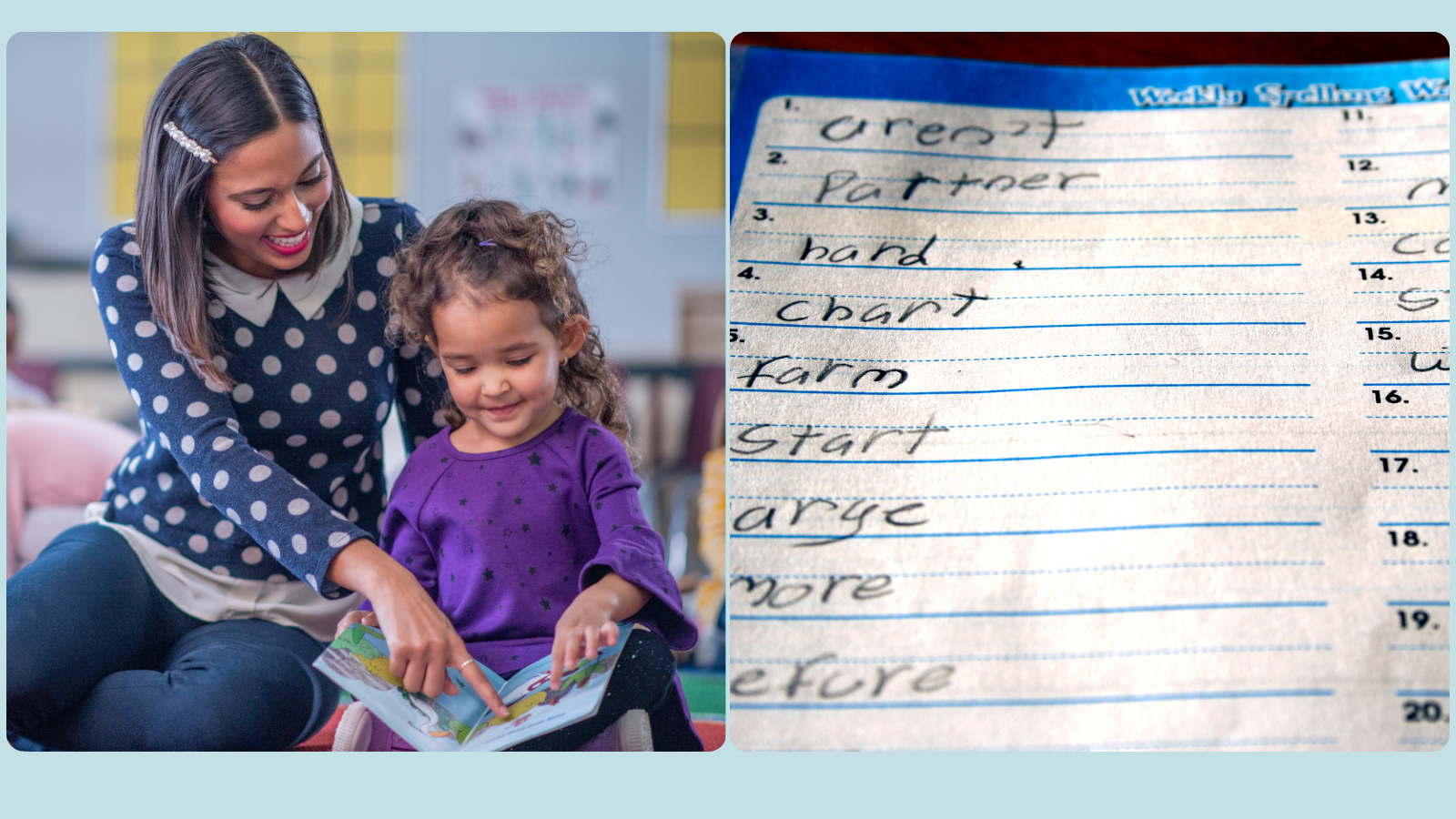Banter Quick Tips – Short vowel confusion: 5 tips to help beginners sort them out!
a, e, i, o, u – the short vowels.
Lots of beginners get them confused – especially children with a history of speech sound disorder, language disorders, and children at risk of dyslexia.
Compared to consonants, vowels are harder to hear and to distinguish from each other: <a> v <u> (e.g. hat, hut) and <e> v <i> (e.g. bed, bid).
Some students get confused between letter names and the speech sounds associated with them.
Short vowel errors can drag down reading accuracy, rate, comprehension and spelling.
They can make things even harder when we step up to words with more than one syllable and words with longer vowel sounds.
Vowel accuracy is a good predictor of longer term reading and writing difficulties.
So here are 5 tips to help:
- Use letter-sound mnemonics to start with. I like Spelfabet and Reading Doctor but you can make your own.
- Initially, introduce vowels that sound and look different to each other, e.g. <a> v <i>, <o> v <e>.
- Listen to audio recordings to tune into the vowel sound.
- Contrast vowel sounds in decodable sentences featuring minimal pairs, triples or quads, e.g. hat, hit, hot, hut and mat, met, mitt and mutt.
- Use short vowel signs – Flynn et al., 2023.
You want your beginners to be confident with short vowels at CCVC and CVCC level before you step up to longer words and word containing the extended code – when things get more complicated.
Related articles and resources:
- Teaching the alphabet to your child. Here’s what you need to know
- Short vowel workouts using CVC words
- Early reading instruction: why focus on vowels?

Hi there, I’m David Kinnane.
Principal Speech Pathologist, Banter Speech & Language
Our talented team of certified practising speech pathologists provide unhurried, personalised and evidence-based speech pathology care to children and adults in the Inner West of Sydney and beyond, both in our clinic and via telehealth.








